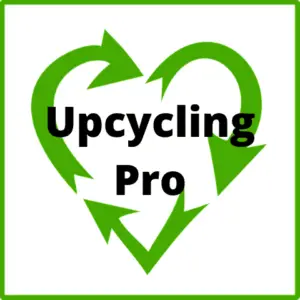Cardboard recycling is an essential activity that has been embraced by many people worldwide. It’s a process that involves breaking down used cardboard boxes and transforming them into new cardboard products. Recycling cardboard not only helps in conserving the environment but also plays a significant role in reducing the costs of producing new cardboard products from scratch. In this article, we will delve deeper into eco-friendly cardboard recycling and how it impacts the environment.
Benefits of Cardboard Recycling
Recycling cardboard has numerous benefits to the environment, which include:
Conserving Natural Resources
Recycling cardboard reduces the need for cutting down trees to make new paper products. This helps to conserve natural resources and protect the environment.
Reducing Carbon Footprints
Cardboard recycling helps in reducing carbon footprints since the production of recycled cardboard requires less energy compared to virgin cardboard production. This, in turn, reduces greenhouse gas emissions, which contribute to global warming.
Landfill Diversion
Recycling cardboard reduces the amount of waste that ends up in landfills. This, in turn, helps in reducing the negative environmental impacts of landfills, such as soil contamination and air pollution.
How to Recycle Cardboard
Recycling cardboard is easy, and anyone can do it. Here are simple steps to follow when recycling cardboard:
- Gather all the cardboard boxes you want to recycle
- Remove all non-cardboard materials like plastic and styrofoam
- Flatten the cardboard boxes to ease transportation
- Take the flattened cardboard boxes to a nearby recycling center or drop-off point
Eco-Friendly Cardboard Recycling Practices
Several eco-friendly cardboard recycling practices have been adopted to reduce the negative environmental impacts of cardboard production. Here are some of them:
Closed-loop Recycling
Closed-loop recycling involves recycling cardboard boxes into new cardboard boxes without the need for virgin materials. This practice helps in conserving natural resources, reducing carbon footprints, and reducing waste that ends up in landfills.
Energy Efficiency
Cardboard recycling plants are adopting energy-efficient technologies to reduce energy consumption and, in turn, reduce greenhouse gas emissions. Such technologies include the use of solar energy, efficient lighting, and automation systems.
Carbon Offsetting
Some cardboard manufacturers offset their carbon emissions by investing in carbon reduction projects. This helps in reducing the negative environmental impacts of cardboard production.
Conclusion
Eco-friendly cardboard recycling is an essential practice that plays a significant role in conserving natural resources, reducing carbon footprints, and reducing waste that ends up in landfills. By adopting eco-friendly cardboard recycling practices, we can help protect the environment and ensure a sustainable future.

